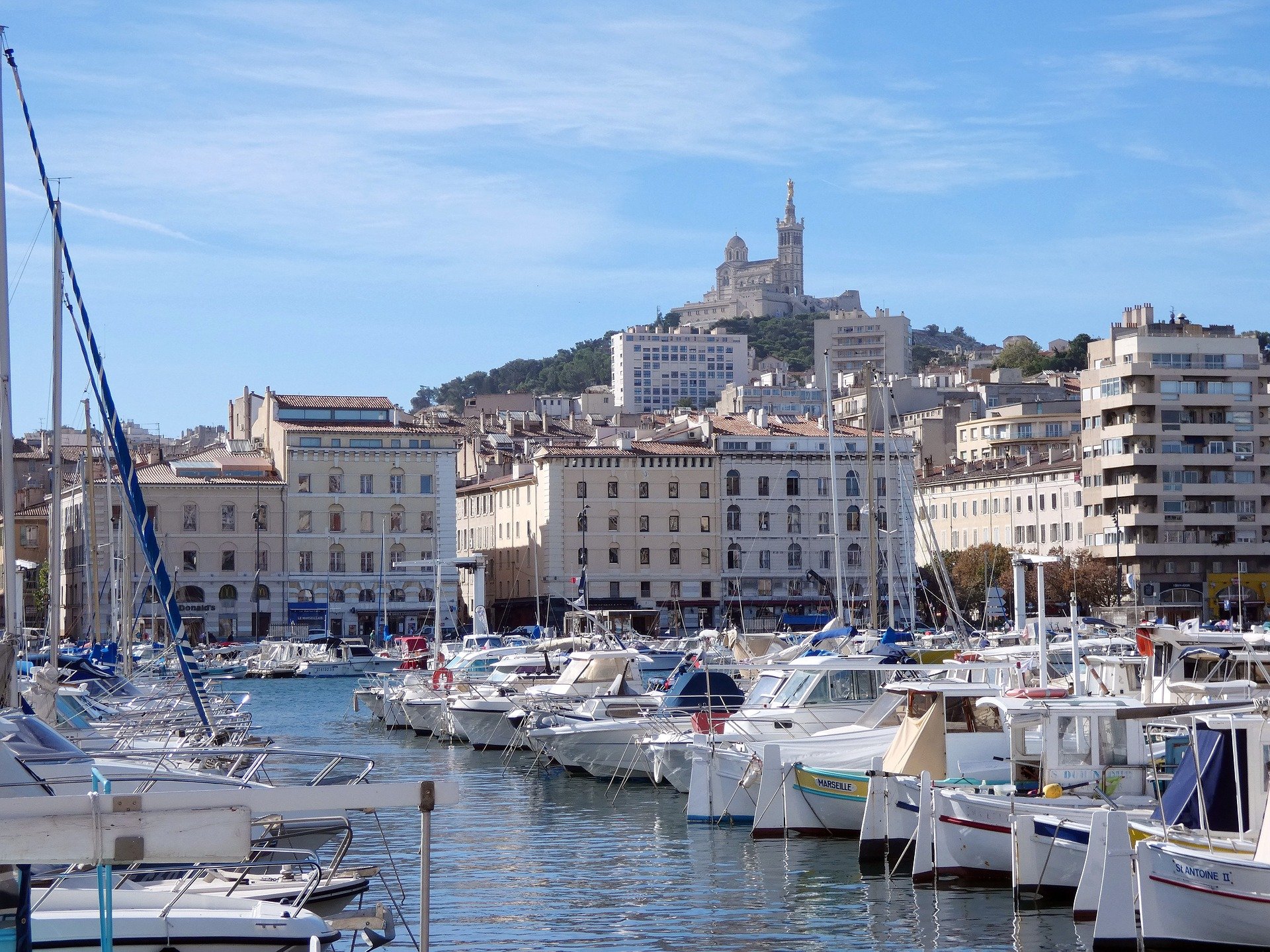The emblematic places of the City of Marseille
Marseille, city of art and culture, has many surprises in store. Here is a small selection of emblematic places, made by Un Mas en Ville - your accommodation located in the city center of Marseille. To find out more, visit www.marseille-tourisme.com
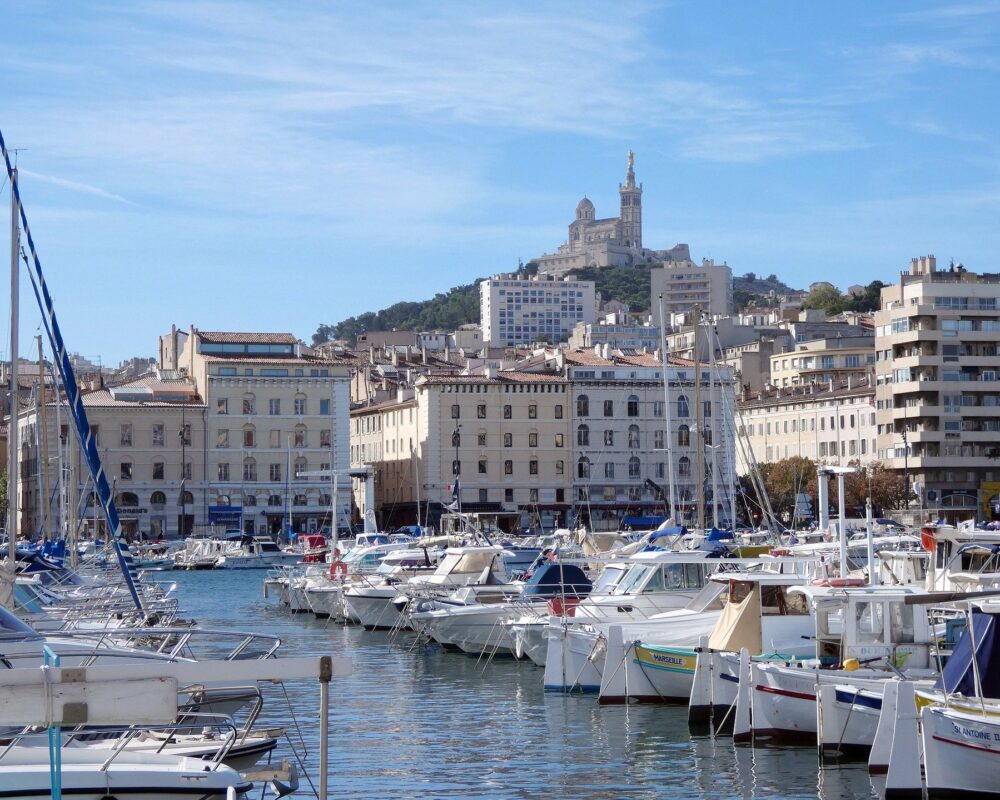
The Old Port
Mythical place in Marseille, it is here that the Phocaeans landed in 600 BC and set up their first trading posts. The limits of the Greek port, or Lacydon, extended well beyond the current body of water. From the Old Port, starts the famous Canebière, a large avenue pierced in the 17th century, between the Old Port and the Reformed Church. It owes its name to the tail-makers who braided hemp there (canèbe in Provençal). While its former glory has faded, the memory of a glorious age, sung in 1938 by Vincent Scotto's operetta, Un de la Canebière, still remains today.
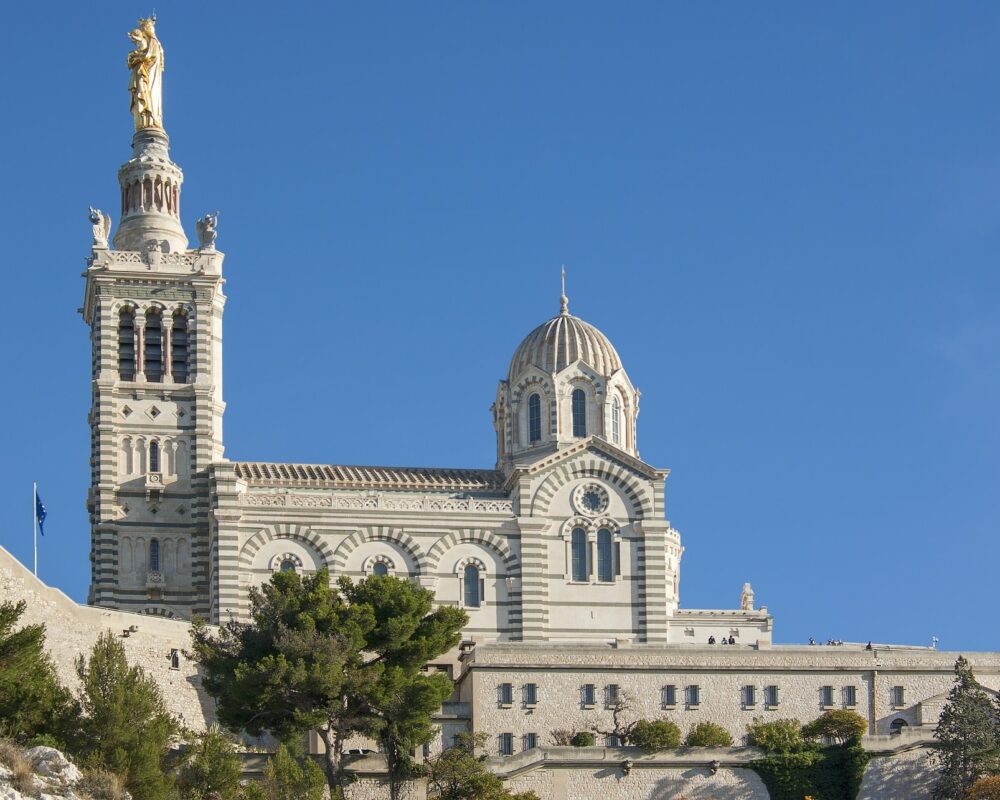
Notre Dame de la Garde
Perched on a rocky promontory 160m above sea level, the basilica watches over the Phocaean city and offers a sumptuous panorama of the city, the sea and the neighboring mountains. Built in the middle of the 19th century, the “Bonne Mère” is surmounted by a magnificent golden statue of the Virgin. The Romano-Byzantine style building contains a large number of very original ex-votos in the shape of boats, most of which were made by sailors' wives. Superb mosaics, recently restored, cover the ceiling of the nave and the dome of the choir. The basilica welcomes more than two million pilgrims each year.
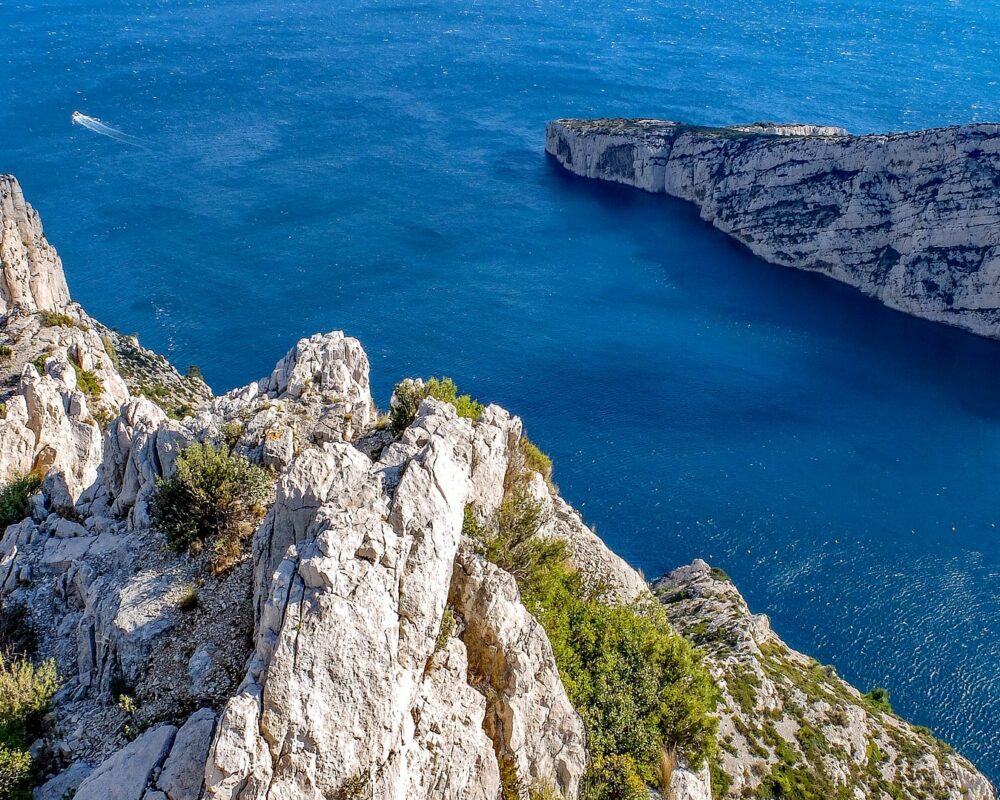
Les calanques
The creeks of Marseille, hollowed out by erosion in a limestone of a luminous whiteness, offer a succession of lace needles, vertiginous belvederes, jagged capes, caves or creeks, some of which are only accessible by the road. sea. The Calanques massif stretches between Marseille and Cassis, over more than 20km of coastline and 4km inland. Classified site, it is a true paradise with sumptuous points of view on the cliffs, the creeks and their turquoise waters, the immensity of the sea. The main creeks are, starting from Marseille to Cassis, Callelongue, Marseilleveyre , Sormiou, Morgiou, Sugiton, En-Vau, Port-Pin and Port-Miou.
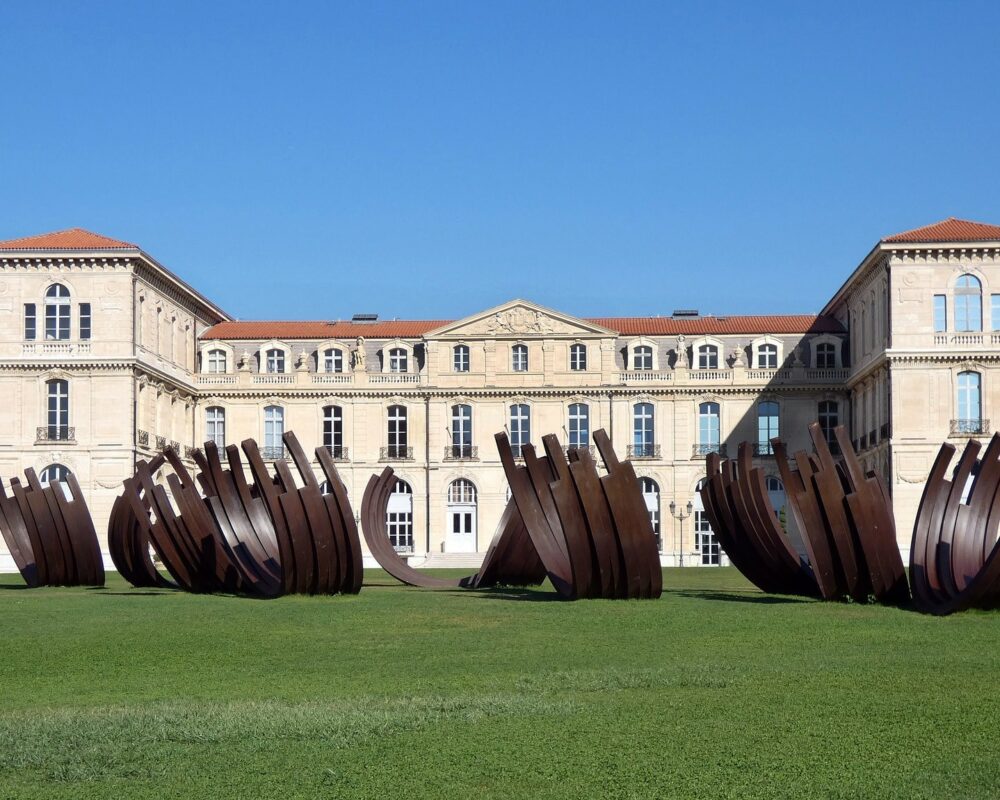
Le palais du Pharo
Castle built in 1870 for the Empress Eugenie on the heights of the Old Port, from where one enjoys a magnificent panorama on the marina, and on the cruise ships which make the journeys towards Corsica, and the Maghreb countries. Donated by Napoleon III to the city, the palace was transformed into a hospital, then became the annex of the faculty of medicine. It now houses a congress center and its garden is open to the public.
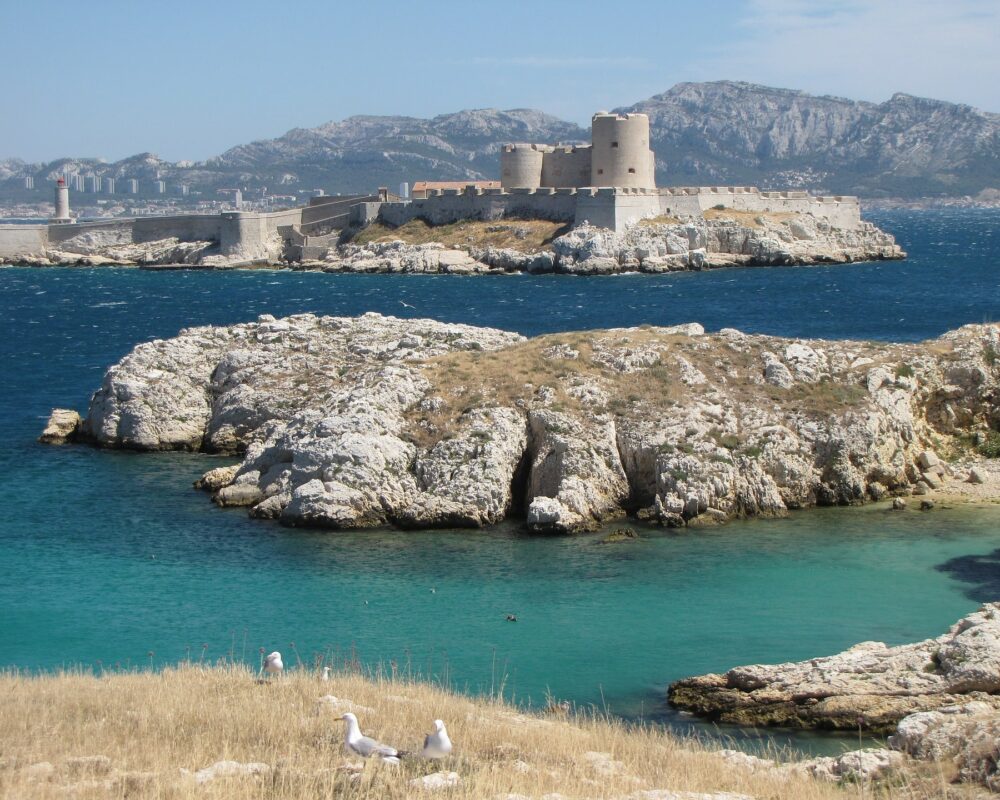
Frioul Islands
The Frioul archipelago includes four islands: Pomègues, Ratonneau, If and Tiboulen. Their creeks become wilder as one moves away from the docking port, Port-Frioul. Le château d'If est une forteresse, comme posée sur l'île d'If. Conçue sous François 1er et terminée en 1531, elle devint très vite une prison où sont jetés galériens récalcitrants, puis de nombreux protestants au XVIIème siècle, les insurgés de 1848 et les communards de 1871. Le lieu a été immortalisé par le héros d'Alexandre Dumas, le comte de Monte-Cristo.
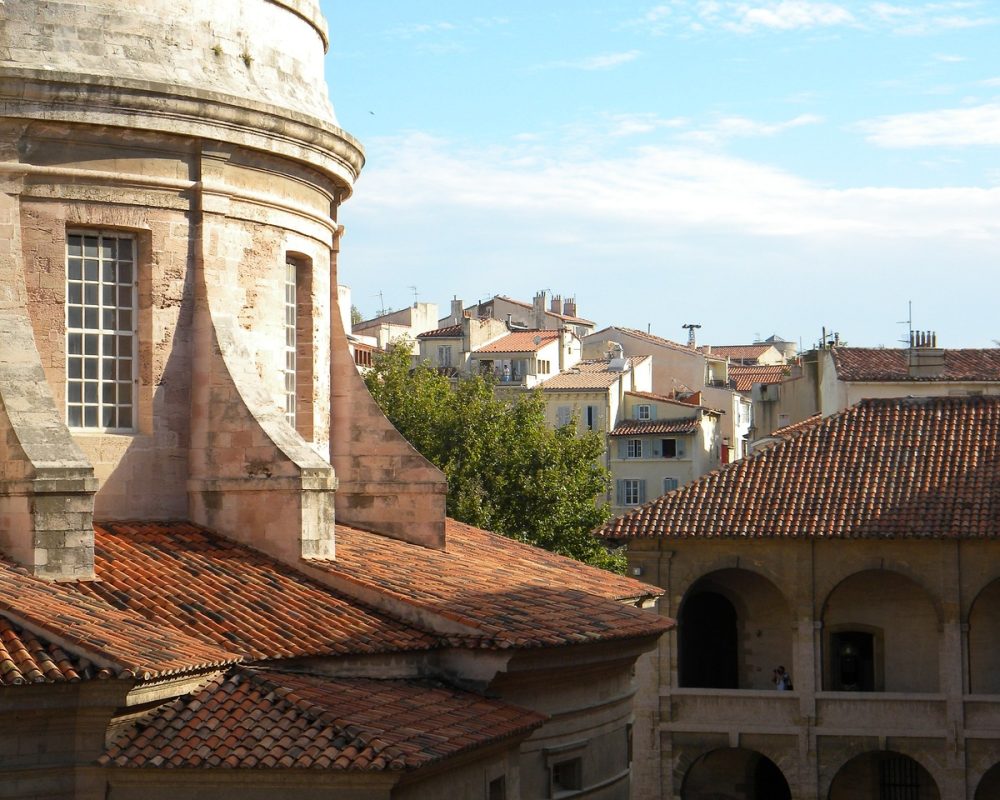
La vieille charité
Designed in the 17th century, in the heart of the historic Panier district by the Marseille sculptor Pierre Puget, it is a masterpiece of baroque architecture. Former hospice, the main building is made up of a quadrangle pierced by arcades surrounding a chapel, itself surmounted by a beautiful dome. La Vieille Charité houses two museums, the Museum of Mediterranean Archeology (the collection of ancient Egypt is the second in France, after that of the Louvre in Paris) and the Museum of African, Oceanian and Amerindian Arts.
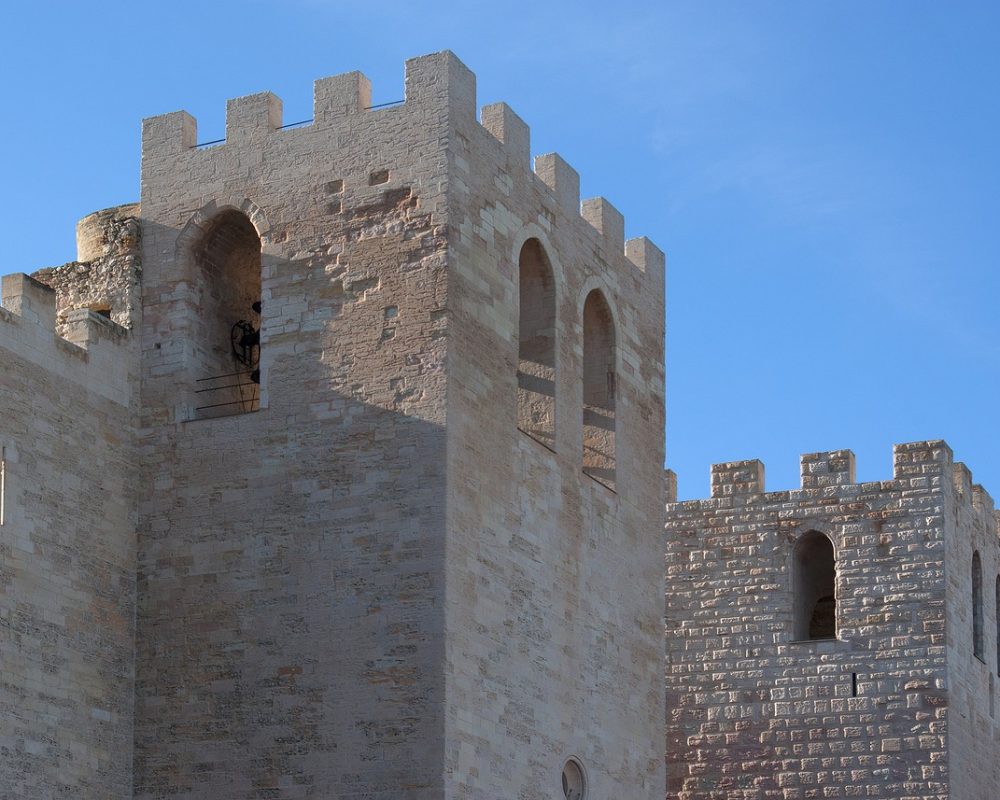
Basilique St Victor
Founded at the beginning of the 5th century by Saint Cassien, an anchorite monk, in honor of Saint Victor, patron saint of millers and sailors. Archaeological remains attest to the presence of a Hellenistic necropolis dating from the 2nd century BC. Its crypts contain remarkable ancient sarcophagi, pagans and Christians. Destroyed by the Saracens, the basilica was rebuilt and provided around 1040 with beautiful fortifications which give it the appearance of a fortress. On February 2, Candlemas Day, a long procession goes up from the Old Port to deposit the statue of the Black Madonna, dressed in gold and green. She is blessed on this occasion, as well as the shuttles, small dry biscuits flavored with orange blossom, in the shape of a boat which commemorate the arrival in the boat of Marie Madeleine and Marie Jacobé, the sister of the Virgin.
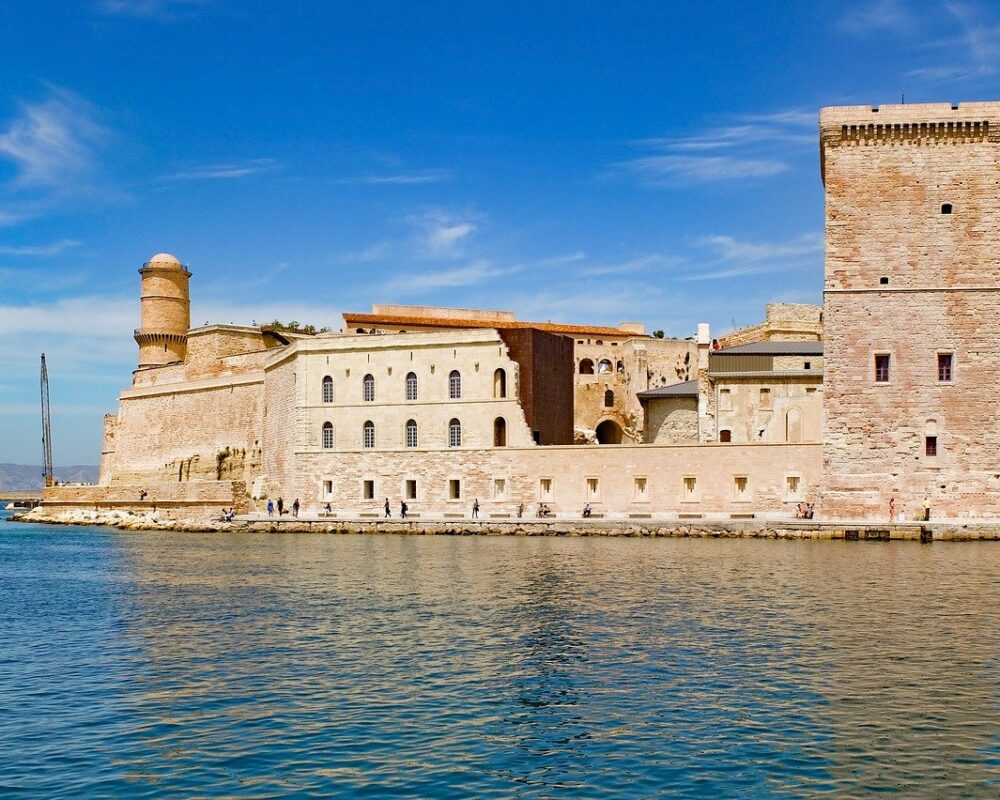
Forts St Jean et St Nicolas
At the entrance to the Old Port stand the massive silhouettes of two defenses: Fort Saint-Jean to the north and Fort Saint-Nicolas to the south. The first is the work of the Hospitallers of Saint John of Jerusalem in the 13th century. In the 15th century, a monumental square tower was added and, two centuries later, a lantern which served as a lookout and a lighthouse. The construction of the most recent fortifications dates from Louis XIV, as does the construction of Fort Saint-Nicolas. Until 1944, a transporter bridge joined the two shores of the port. Since that date, it is the famous ferry-boat which shuttles from the quay of the Port to the place aux Huiles, opposite.
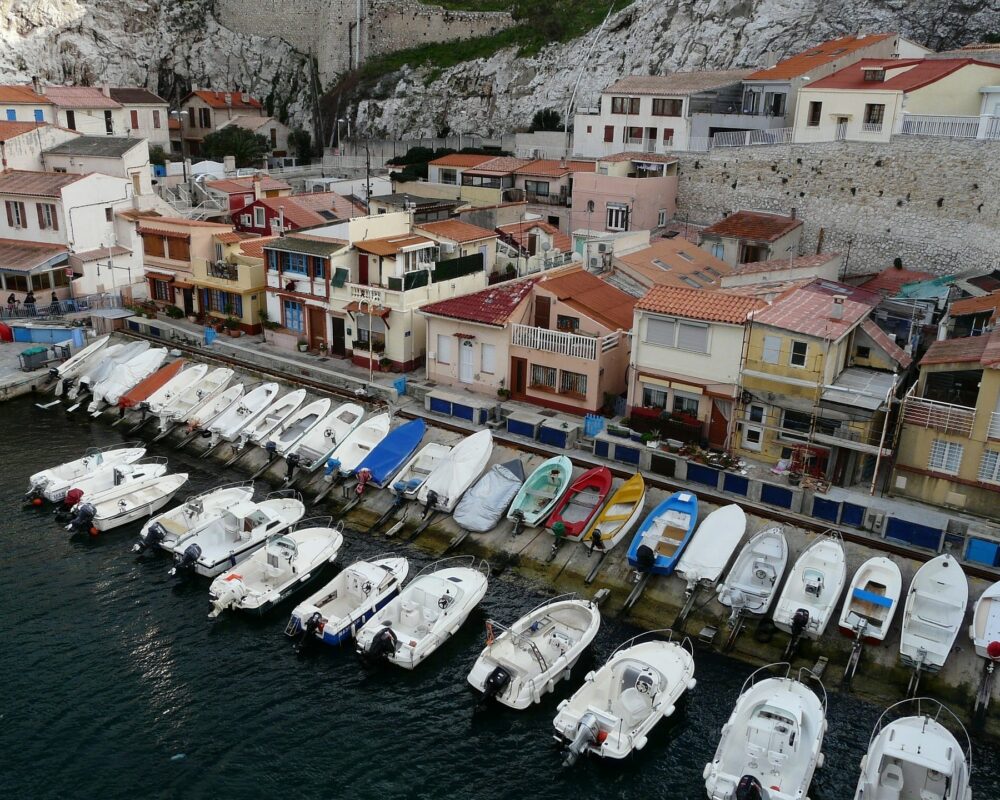
Vallons des auffes
With its flower-filled huts that spread out on its sides, its traditional boats wisely aligned below and its terraced restaurants, this tiny fishing port offers an indescribable and charming atmosphere.


